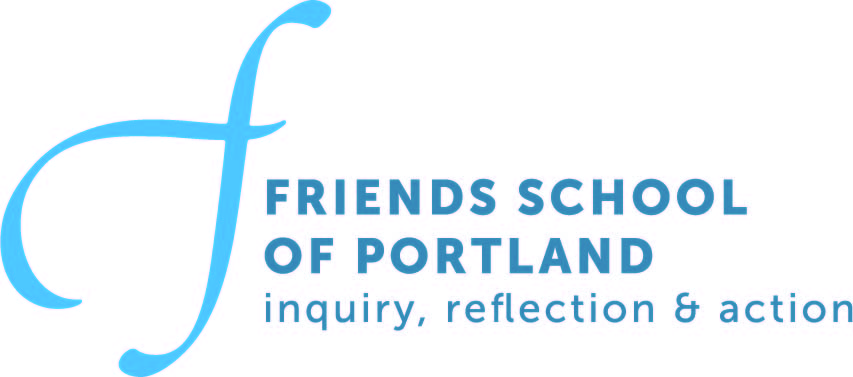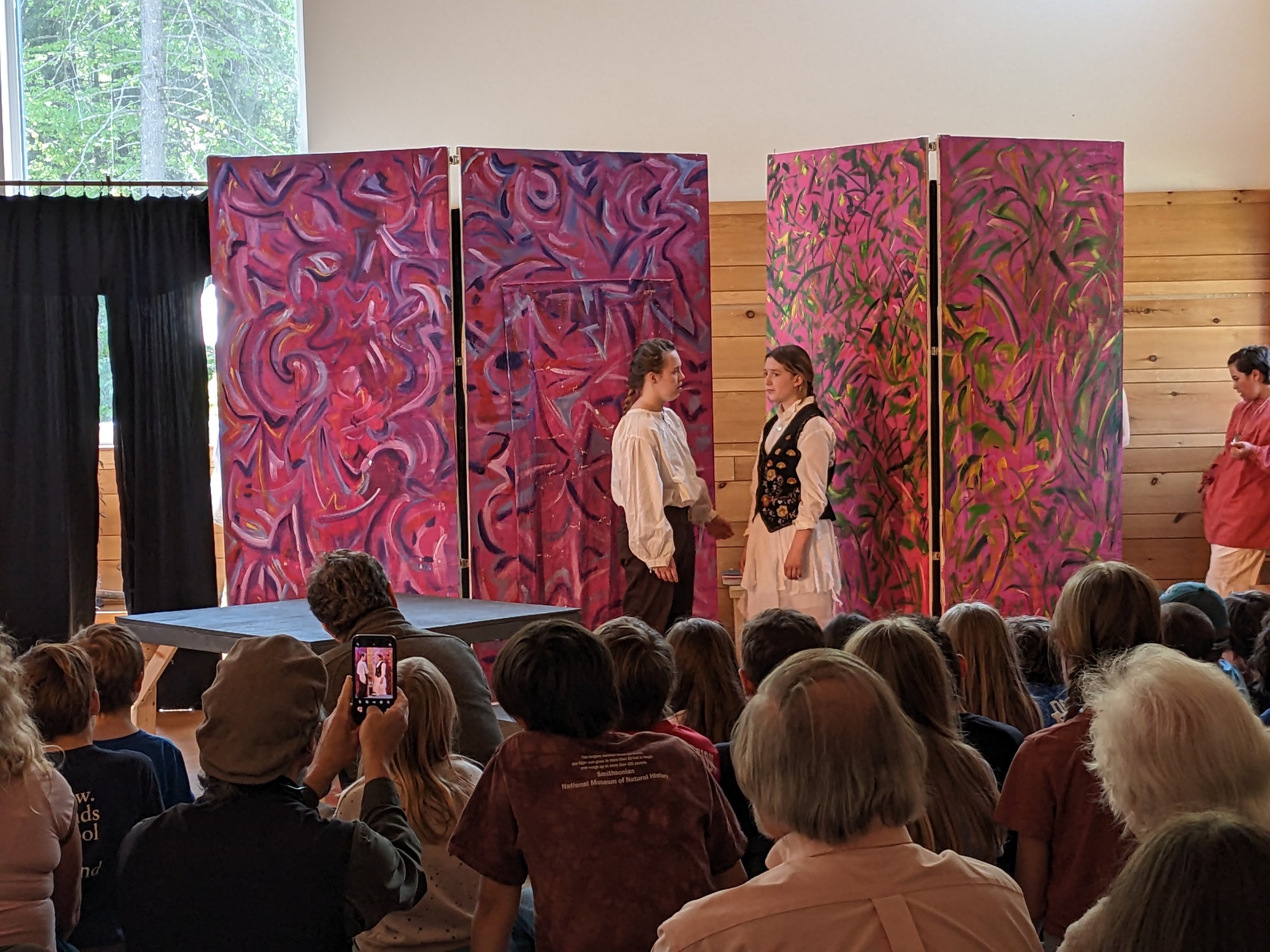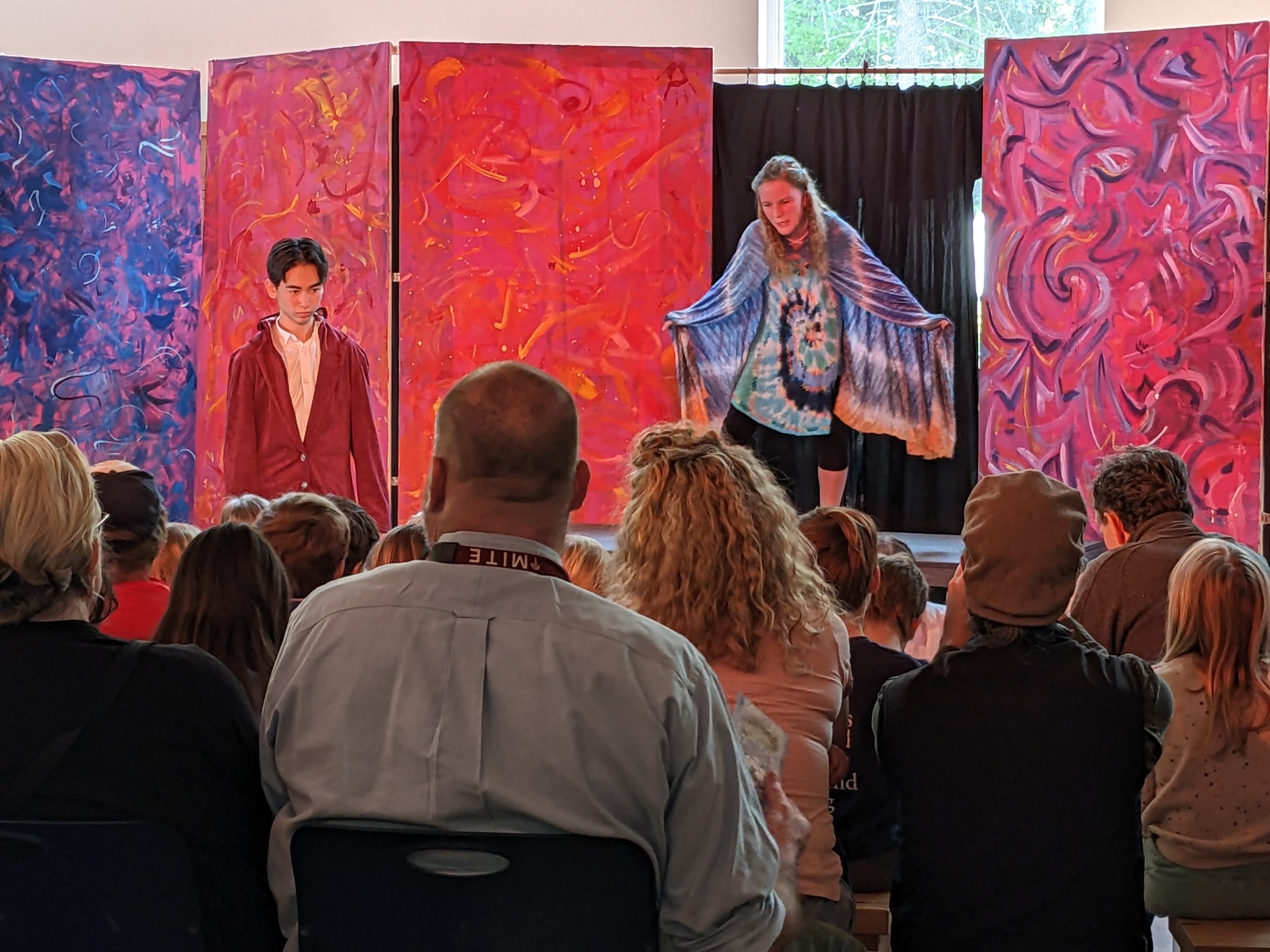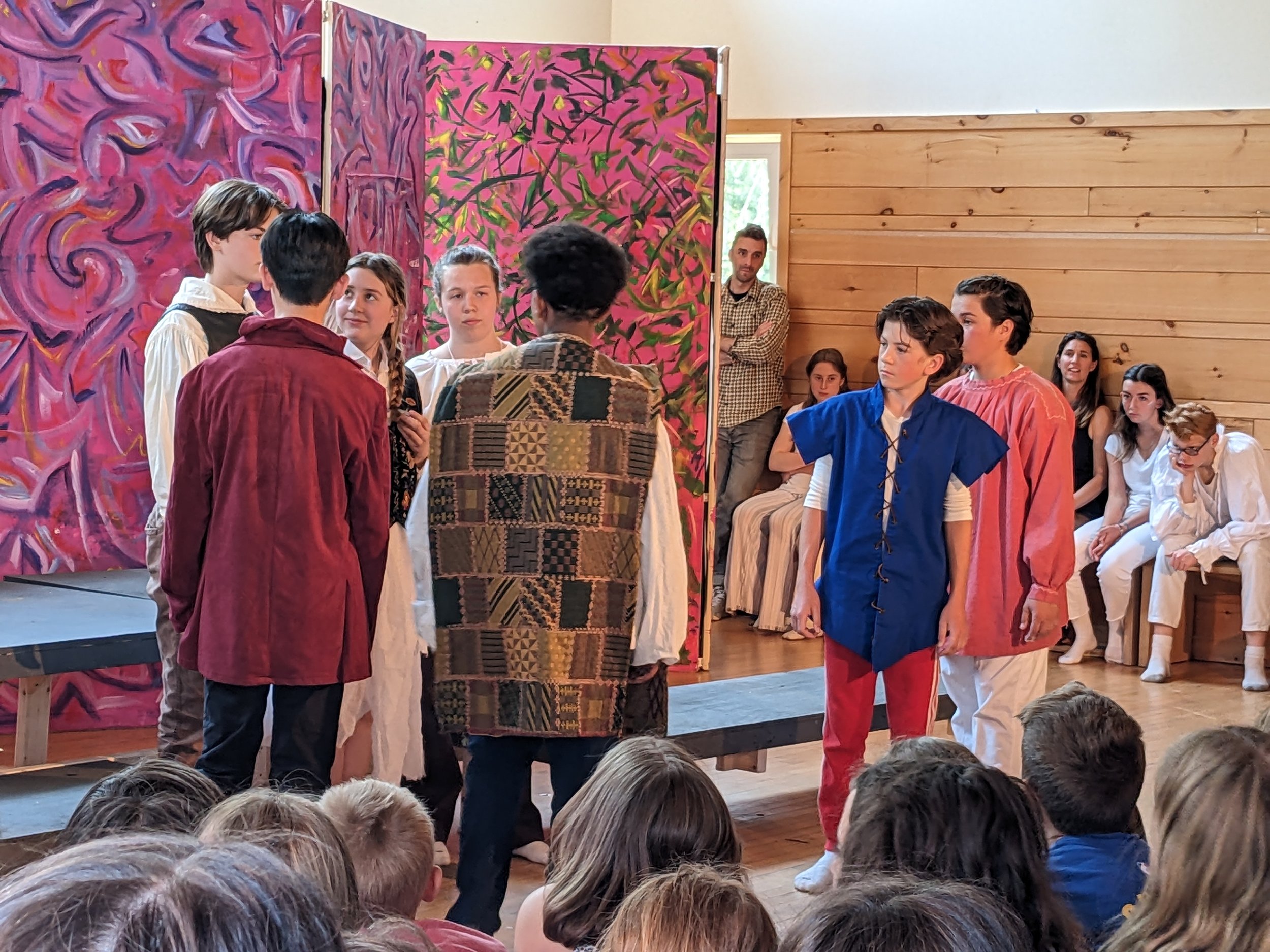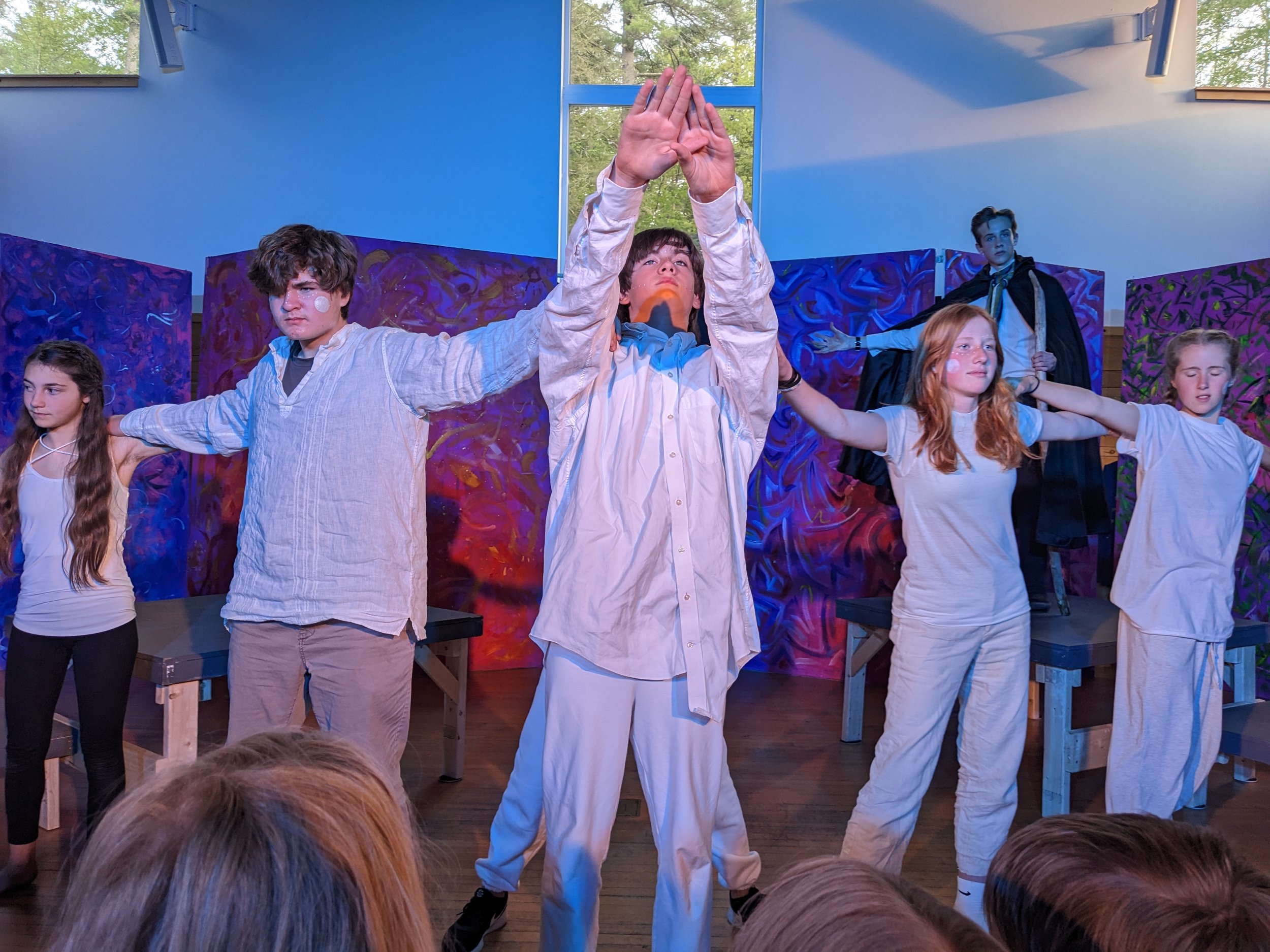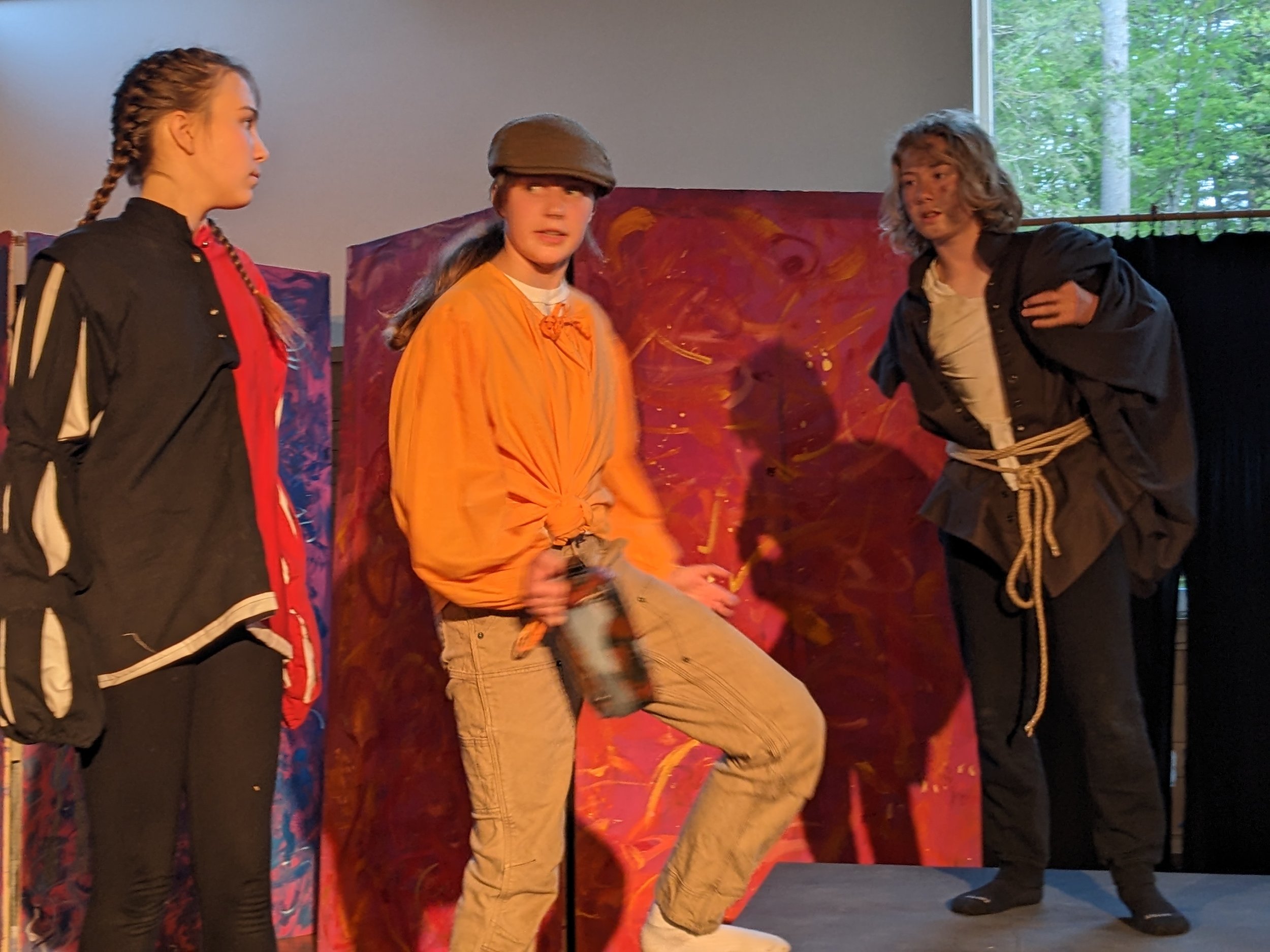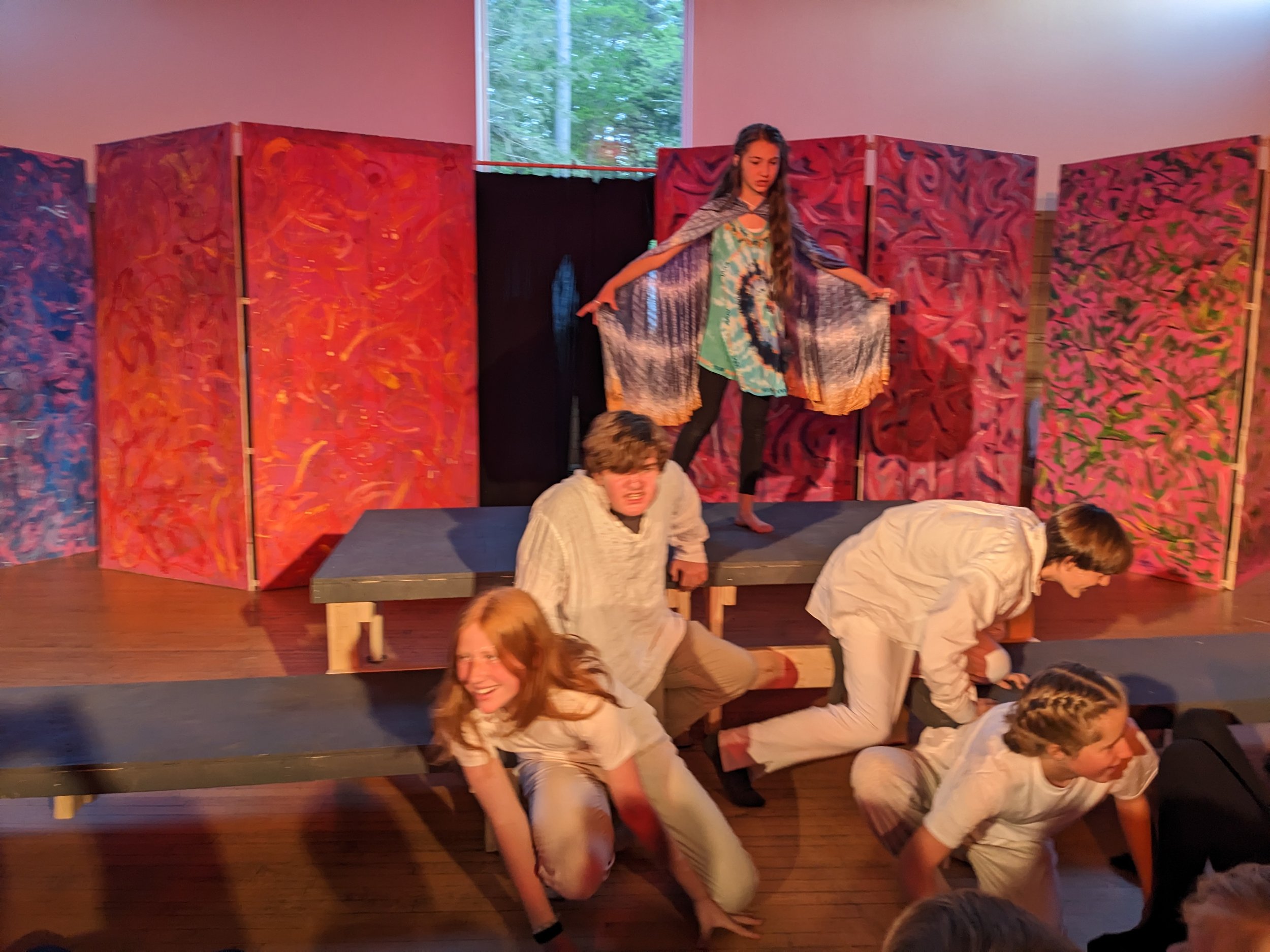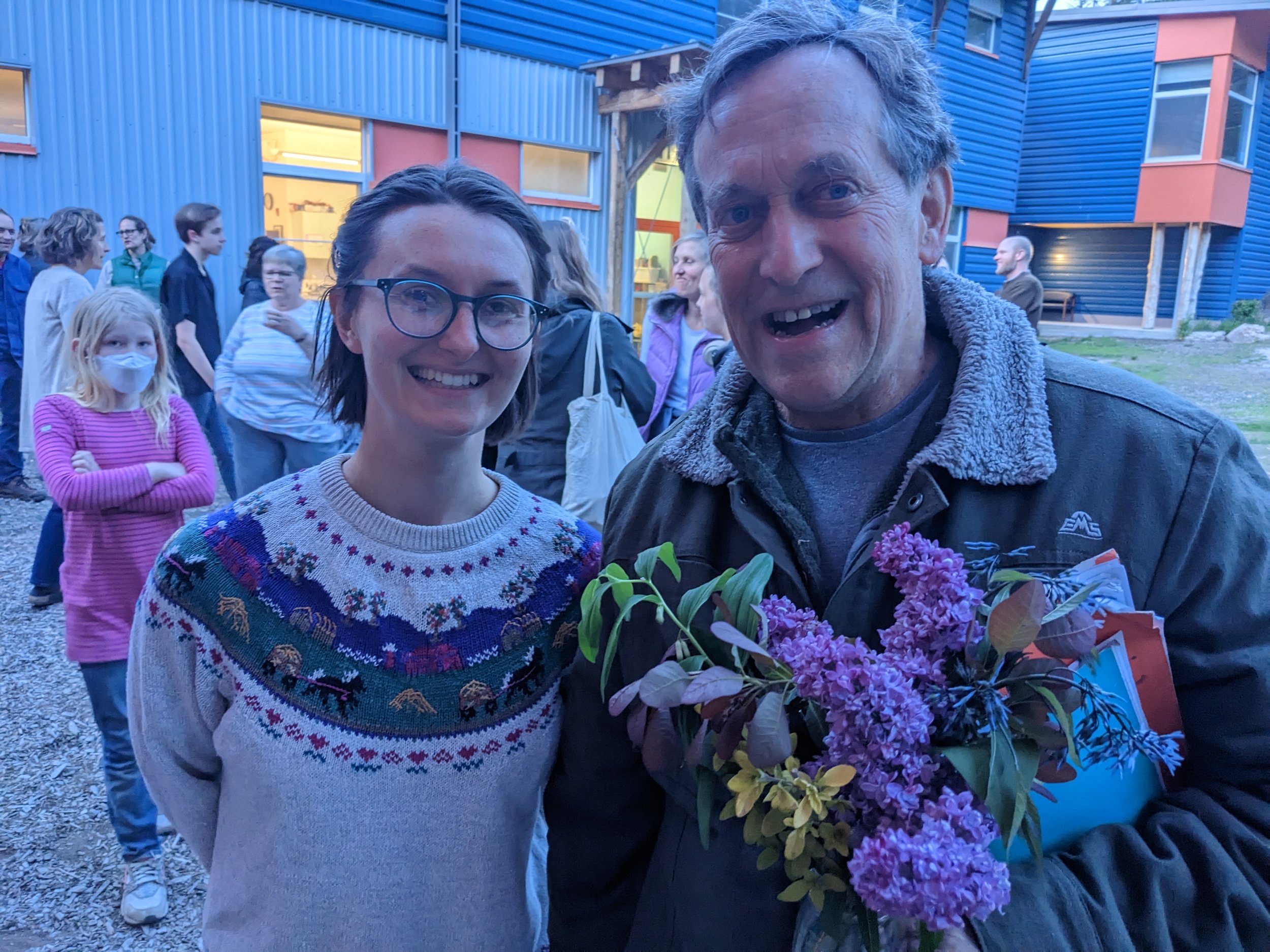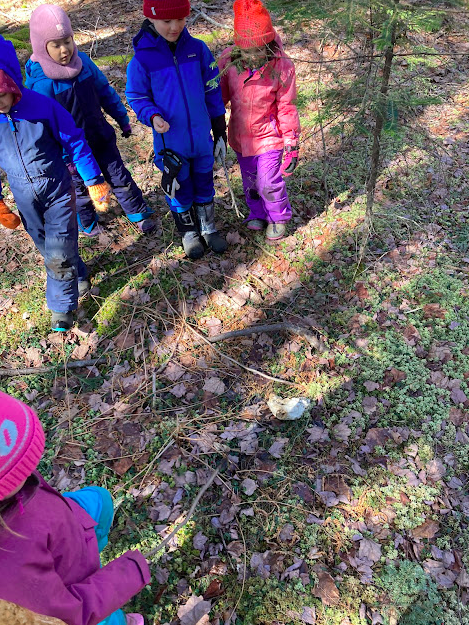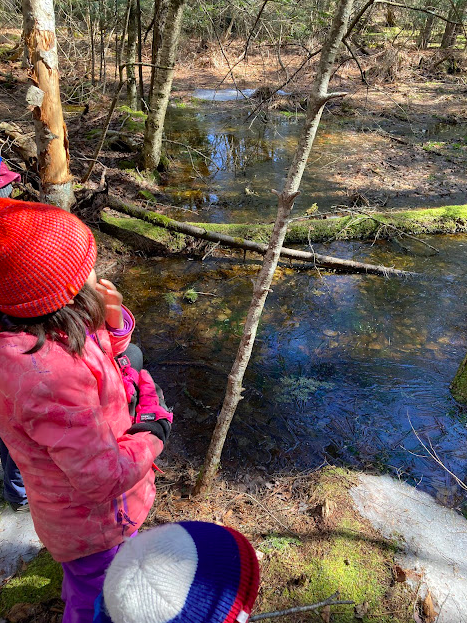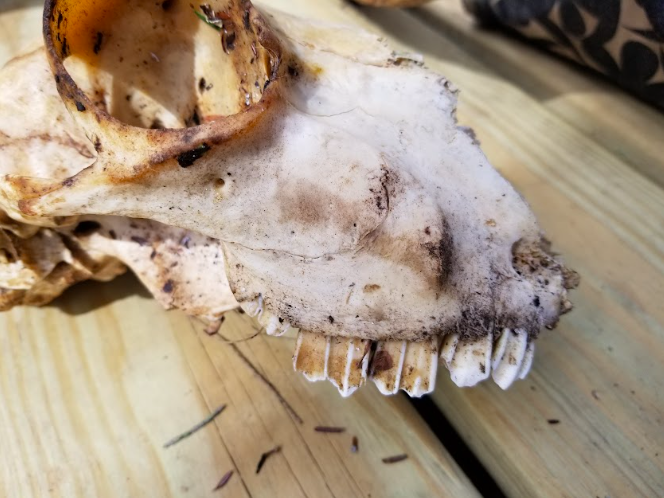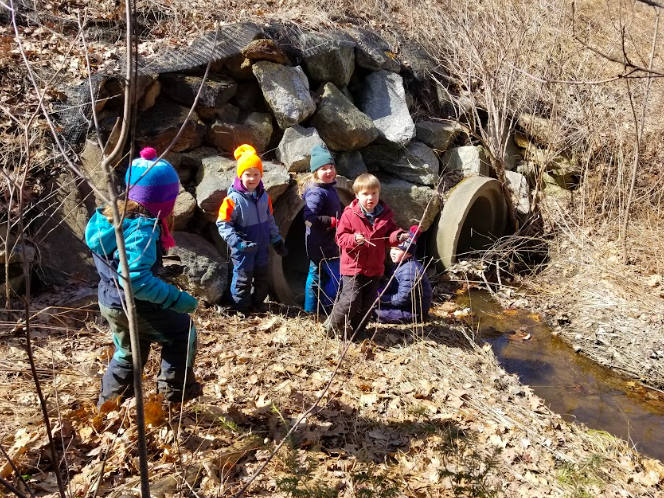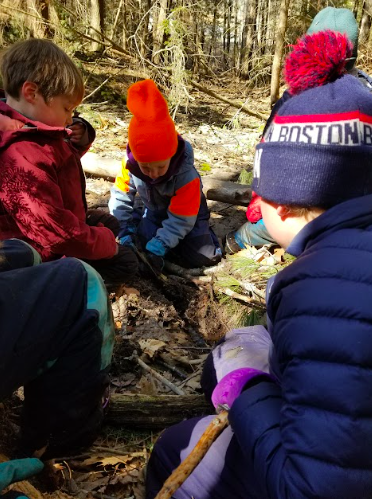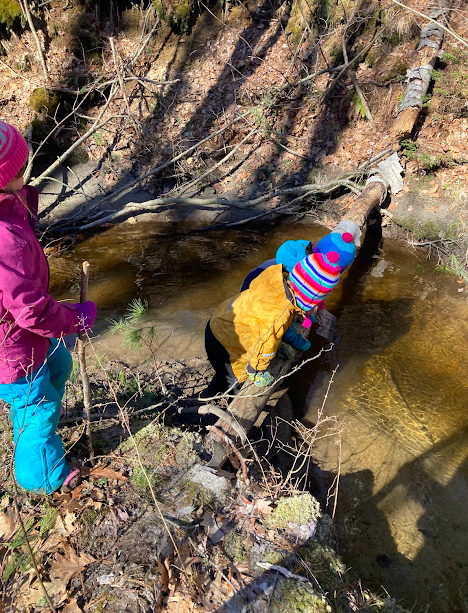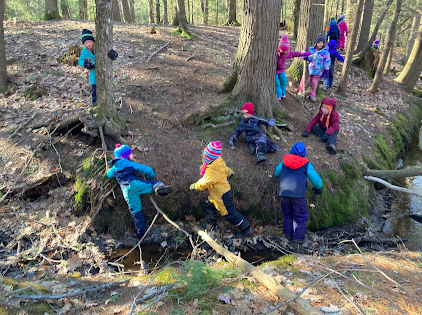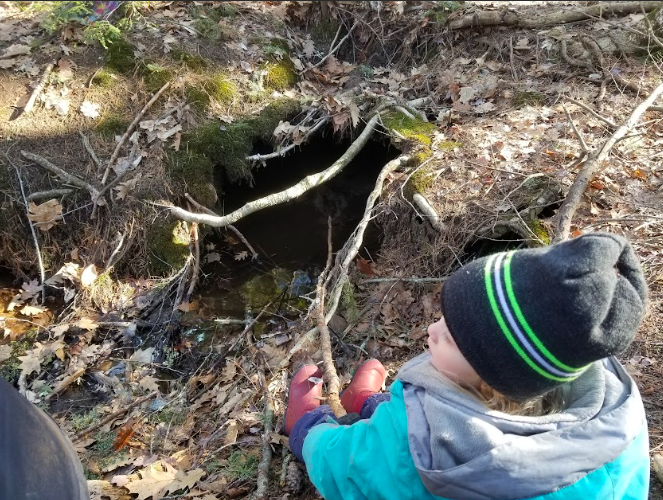Pictured above: Courtney Bourns facilitating the first meeting of the Strategic Planning Design Committee in October 2022.
Courtney Bourns joined us early in our strategic planning process as consultant and facilitator. She ran multiple sessions with board members, faculty & staff, all community events. She facilitated both the Strategic Planning Design Committee and the Strategy Teams that shaped our final plan.
What are your guiding principles when it comes to strategic planning?
I have an organic approach to strategic planning. I do a lot of careful listening on the front end of the process to get a sense of the organization I'm working with, what is their culture, what are their core values, what is their style? And then I design a strategic planning process to meet them where they are and fit their style and values.
In general, I would say my guiding principles are: be grounded in the guiding values of the organization, design for maximum collaboration and trust emergence. These principles felt like a good fit for Friends school of Portland. You are such a values-driven school, and because I was also raised in a Quaker school community, it felt easy to connect to your style and approach. I really enjoyed the challenge of creating a process that would support you to achieve the results of a clear strategic plan and be consistent with Quaker values.
How did you develop the timeline and phases for the strategic planning process?
I start with a basic template for strategic planning that I learned early in my career from the Interaction Institute for Social Change. The basic questions of most strategic planning frameworks start with: Where are we now? Where do we want to be? and How will we get there? Once we have a really strong sense of the current context and starting place for the strategic plan, I next focus on understanding the stakeholders who need to be involved. Once we knew those pieces, we mapped out the key decisions that needed to be made and put them into sequenced phases with a timeline that fit with your school calendar. In my view, it doesn’t make sense for organizations to go through a strategic planning process in exactly the same way, because organizations go through life cycles, and at different life cycles, you have different kinds of strategic questions to answer. So we began by reflecting on what you already knew and what you needed to wrestle with next. This is why I say that one of the values that I'm guided by is emergence, because it's only through situating ourselves in your current moment and then co-creating a process with you that I can design something that will work.
Why is right now an important moment for FSP?
Right now is an important moment for Friends School of Portland because you are evolving to a new stage of organizational maturity. In some ways this is a challenging period for an organization. You have moved past that sparky kind of startup energy that is often present in the early years of an organization and you're moving into a stage that calls for solidifying processes and cultural norms, but of course you want to keep alive the spirit that animates the school. So that presents some interesting challenges. One way to keep it exciting is to recognize this as its own kind of ‘new chapter.’
What were some takeaways from the process?
That's an interesting question. I think we managed to strike the right balance between keeping the process moving forward while also taking enough time to hear from many of the people who care deeply about the school. That is always a tricky balance to strike. I care a lot about hearing from more people and it's very important to me that everybody feels honored and included in the process. I could tell that was very important to you as well. And yet, in organizational life, you have to keep moving forward and so sometimes that feels a little unsatisfying in terms of taking all the time you'd want to take to listen to people. In this case, I felt like we managed that balance pretty well.
What about FSP's Strategic Plan do you find exciting?
I found it exciting to see the final strategic areas of focus come into view. It's always a bit of a leap of faith that the plan will come together, and yet I've done it enough now to know that some clarity of focus and direction always emerges as you get toward the end of the process. I feel like where you landed is very authentic to who you are and to what your school needs right now. I also felt that the board and the leadership of the school took very seriously the commitment to listening to parents and students and faculty--especially faculty and staff. Your commitment to having their voices be central to the shaping of this close future was evident.
I was also struck by how much the people in your community care about one another. You model a way of being that I know many other organizations are trying to achieve, namely, a deep commitment to building the kind of relational trust that is necessary for an organization to function in a collaborative and strategic way. It was a pleasure to get to be a part of that for a year.
Learn more about our Strategic Plan and planning process…
